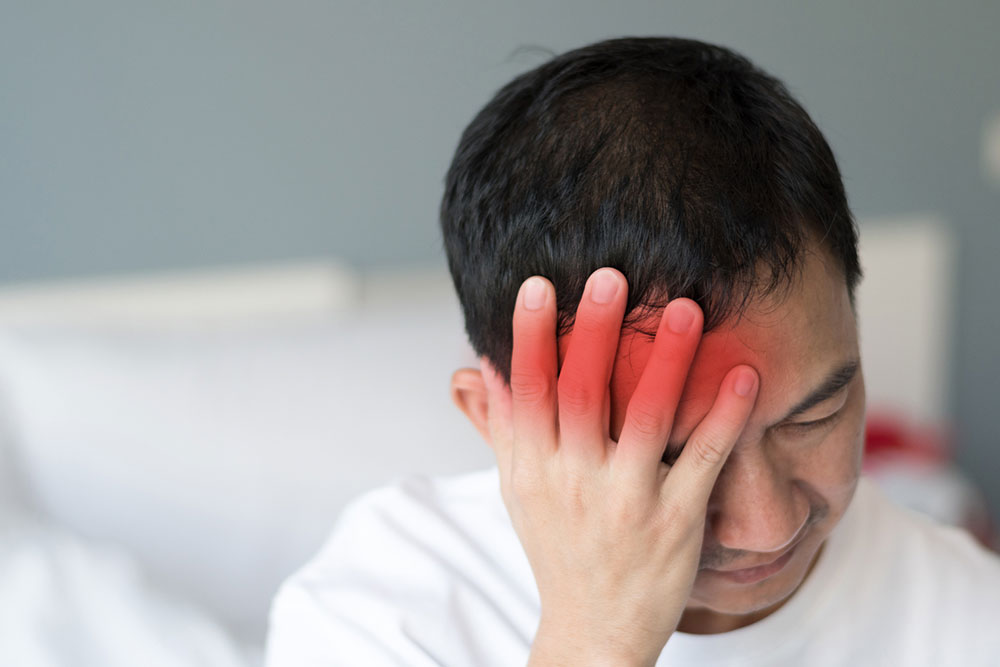Proven Approaches to Managing Migraine Pain Effectively
Discover effective strategies to manage migraines, including medications, devices, natural remedies, and lifestyle changes. Tailored approaches under medical supervision can significantly reduce the frequency and intensity of attacks, improving quality of life. Consult healthcare providers for personalized treatment plans for best results.

Proven Approaches to Managing Migraine Pain Effectively
Migraines are severe headaches characterized by throbbing pain, usually on one side of the head, often near the temples or eyes. Symptoms like nausea, vomiting, and visual disturbances, such as flashes or halos, frequently accompany the pain. Typically lasting from hours to days, untreated migraines can disrupt daily routines. While the exact cause remains unclear, triggers like certain foods, stress, hormonal shifts, and bright lights are suspected. Women are three times more prone than men, especially those with neurological or hereditary conditions like epilepsy or depression.
Effective migraine management includes medication, device therapies, natural remedies, and lifestyle changes. Treatment choices should be tailored with medical guidance to ensure safety and effectiveness.
Pharmacological Treatments
Over-the-counter analgesics such as aspirin, ibuprofen, naproxen, and acetaminophen can help reduce pain but require cautious use to prevent side effects like stomach issues.
Prescription medications like triptans (e.g., Imitrex, Zomig, Frova) are specifically designed for migraines. Consulting a healthcare provider is vital, especially for individuals with cardiovascular concerns.
For resistant cases, ergotamines such as Migergot or Cafergot, available as tablets, nasal sprays, or injections, may be prescribed, though they can cause nausea or dizziness.
Preventive drugs, including beta blockers, antidepressants, calcium channel blockers, or anticonvulsants, are recommended for frequent migraines, always taken under medical supervision.
Botulinum toxin injections (Botox) have been used outside cosmetic purposes to decrease migraine frequency by blocking pain pathways.
Devices for Migraine Relief
Cefaly - A forehead-headband device delivering electrical pulses to nerves involved in migraines, used for 20-minute daily sessions.
SpringTM - Positioned at the back of the skull, it emits magnetic pulses aimed at modulating brain activity during attacks.
gammaCore - A non-invasive device on the neck that stimulates the vagus nerve with mild electrical shocks to alleviate pain.
Natural and Complementary Therapies
Biofeedback - Teaches control over muscle tension and body temperature to manage stress and prevent migraines.
Acupuncture - Uses fine needles to balance energy flow, potentially releasing pain-relieving chemicals.
Essential oils - Lavender oil helps regulate serotonin, easing pain, while basil oil’s muscle-relaxant effects can also provide relief.
Lifestyle Modifications
Stress Reduction - Techniques like deep breathing, meditation, and relaxing music lower stress, decreasing migraine episodes.
Regular Sleep and Diet - Maintaining consistent sleep routines and a balanced, hydrated diet helps prevent triggers like dehydration and blood sugar swings.
Hormonal Management - Women dealing with menstrual migraines may benefit from hormonal therapy or anti-inflammatory medications.
Dietary Changes - Avoid aged, fermented foods rich in tyramine, limit caffeine, and steer clear of processed foods containing MSG to reduce migraine risk.
Important: Always seek advice from healthcare professionals to develop a personalized treatment plan. The information provided is educational and should not replace professional medical guidance.


